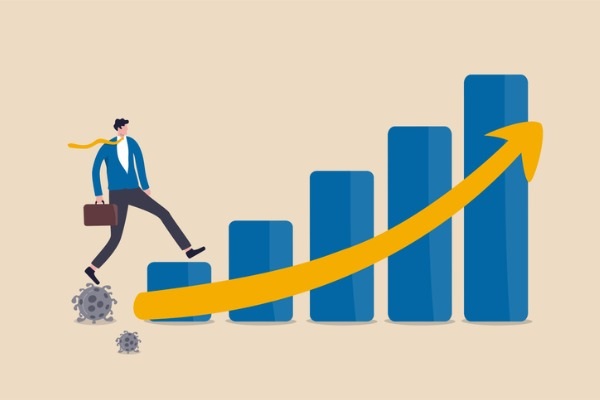Dividend investing: three tips for a comfortable retirement income
8th July 2022 15:40
by Alice Guy from interactive investor
Alice Guy examines why dividend investing could be the secret to unlocking a comfortable retirement and explains three tips for dividend investors.

Dividend income is the secret weapon of building a comfortable retirement income. Dividends can supercharge your investment wealth and help you save for a comfortable retirement. But dividend investing is also surprisingly difficult to measure, and the benefits aren’t always understood.
A quick glance at the Google data on the FTSE All-Share index shows that it’s down 1.7% over the last five years. But that’s only part of the story. If you’d invested in a FTSE All-Share fund and reinvested your dividend income, you’d have achieved returns of around 17.0% over the same period, the last five years.
Here are three tips for dividend investors to help you grow your investment wealth and become a successful dividend investor.
1) Dividend investors should look at total returns
The problem for many investors is that the Google FTSE 100 or FTSE All-Share data only shows price returns: that means the figures only show capital growth and not the impact of dividend investing. This is misleading and can lead investors to hugely underestimate the growth potential of their portfolio.
- Read about: SIPP Portfolio Ideas | How SIPPs Work | Open a SIPP
Simply put, if you invested in a share with a 4% dividend yield, then a £100 investment would soon turn into £104 and after 10 years, you’d have £143, even without the share price changing at all.
- Jeff Prestridge: these dividend generators are back in vogue
- How and where to invest £50k to £250k for income
If you want to see your funds’ investment performance, including dividends then it’s better to look at the performance of a fund on your investment platform rather than the Google price charts. Fund data usually shows total returns on your investment, including reinvested dividend income.
2) Don’t underestimate dividend compounding
Trying to build wealth without dividends is like trying to run a marathon in a pair of flip flops. It’s just about doable but it’s jolly hard work and you’ll have to put a lot more into the race to get less out. You really need to pull on the running shoes of dividend investing to start to see results!
Reinvesting dividend income makes an astonishing difference over time. If you’d invested £10,000 in a FTSE All-Share in 1986 and spent your dividend income, your investment pot would now be worth £57,734. But, if you’d instead reinvested that dividend income, your initial £10,000 would have grown to an amazing £219,581 by June 2022.
The difference between capital-only and dividend investing is also striking for the US-based S&P 500. If you’d invested £10,000 in the S&P 500 in 1986, and spent your dividend income, it would now be worth £213,307, but if you had reinvested your dividends, you’d now have an astounding investment wealth of £480,583.
Chart made with Flourish
3) Invest for the long term
Because compounding snowballs over time, it’s important to try and stay invested for the long term and ride out any periods of stock market volatility. In fact, buying stocks or funds during a dip could actually boost your investment wealth in the long run because you’ll be buying when stocks are effectively on sale.
However, it’s important to be careful and stick with your overall investing strategy. Don’t go crazy and gamble a large amount on a couple of risky growth companies.
And speaking of long-term investing, many experts believe that the FTSE 100 is now looking good value, especially for dividend investors. The index is down 4.3% from the beginning of the year and is flat over the past year with a slight 0.49% increase in value. And the value-heavy index, full of long-established blue-chip companies, offers an average dividend yield of around 4% per year for dividend investors, compared with the much more modest 1.5% yield of the S&P 500.
The UK market has been out of favour since the Brexit vote in 2016 and many investors are still nervous about the domestic market. But for long-term dividend investors, a diversified UK fund could offer a relative safe-haven in times of economic uncertainty.
These articles are provided for information purposes only. Occasionally, an opinion about whether to buy or sell a specific investment may be provided by third parties. The content is not intended to be a personal recommendation to buy or sell any financial instrument or product, or to adopt any investment strategy as it is not provided based on an assessment of your investing knowledge and experience, your financial situation or your investment objectives. The value of your investments, and the income derived from them, may go down as well as up. You may not get back all the money that you invest. The investments referred to in this article may not be suitable for all investors, and if in doubt, an investor should seek advice from a qualified investment adviser.
Full performance can be found on the company or index summary page on the interactive investor website. Simply click on the company's or index name highlighted in the article.